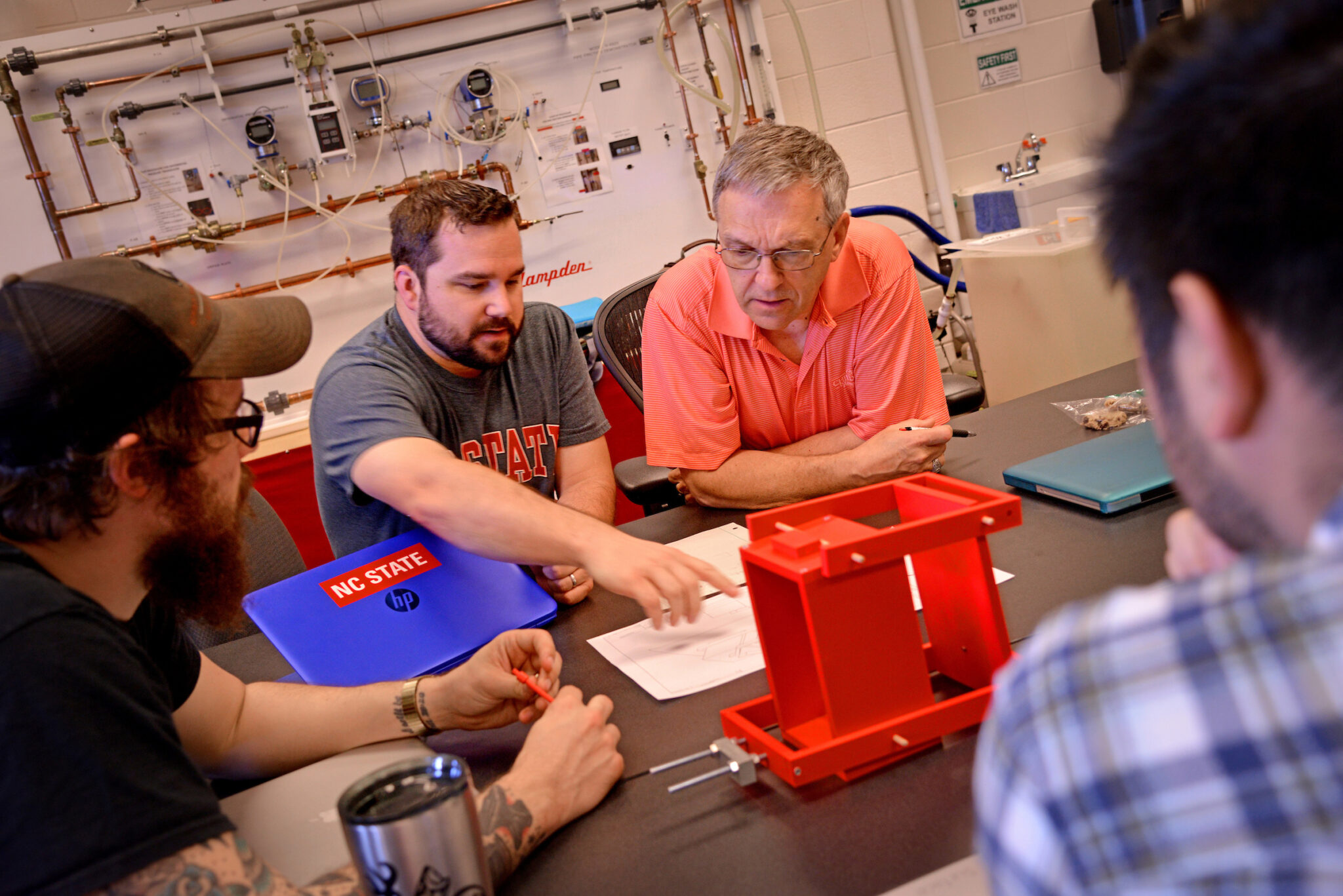Proposing A Level of Effort

While deciding on your level of effort may seem like a small detail compared to the pages of research strategy you are composing, it can speak volumes to funding agencies and review panels. Just like Goldilocks, reviewers may see too little effort as a sign that a team is not committed to a project, while too much effort may send the message that the team does not have a clear understanding of the complexity or scope of what is being proposed. The trick is how to get it “just right.”
An important consideration is that the “just right” level can vary based on the funding agency. For example, the National Science Foundation considers research to be a normal function of an academic faculty member’s duties and already supported through the faculty member’s institutional salary; therefore, NSF limits salary compensation (from all NSF-supported projects) to no more than 2 months of their regular salary in any one year (see Budget guidelines in NSF PAPPG). On the flip side, the National Institutes of Health anticipate that many researchers are working at medical centers where time dedicated to research is at the expense of time dedicated to clinical care and other billable activities; therefore, NIH expects a level of effort commitment to reflect the complete amount of time spent on a project. For example, the National Cancer Institute recently released their policy on minimum levels of effort (NOT-CA-20-033); for a basic R01, NCI considers 1.8 months to be the minimum level of effort for a PI.
With this being the case, it is not uncommon for an NSF researcher applying to NIH for the first time to vastly underestimate their level of effort, while an NIH researcher applying to NSF for the first time is likely to vastly overestimate their level of effort. When applying to an agency for the first time, look for cues in the funding announcement and budget guidelines to make sure you are meeting that agency’s definition of reasonable effort such as does the funding agency consider time spent mentoring graduate students on a project to be part of your charged level of effort? It is always a great idea to talk to faculty or research administrators who have managed awards from that agency before to get advice on how to strike the right balance.
It is also critical to recognize that a proposal’s level of effort does not occur in a vacuum. Most agencies ask personnel to provide a list of other current projects, either as part of the Biosketch or on a separate Current and Pending Support page. Reviewers will consider the time requested for the proposed project within the context of the personnel’s other projects. Even if the amount of time requested on the proposal is reasonable, if a PI gives the impression that they are already working more than 12 months per year, reviewers may discount their ability to lead the proposed project. Before committing to any new proposal, spend some time looking at how much time you can commit to research, how much time you have already committed, and how much time is available to pursue new efforts. Departmental research administrators are always happy to assist with this sort of task.
Finally, it is important to recognize that level of effort is part of the larger research strategy description. If committed effort is on the low side, there is an opportunity through the leadership plan or budget justification to describe complementary roles and activities of the rest of the team to reassure reviewers that the project is in good hands. If effort is on the high side, be sure to explain how this labor-intensive approach may be more rigorous and worth the time committed to the project. Taking a pro-active approach to explaining the effort and not just backing into a number based on how much the budget can afford will help convince reviewers that a project is “just right.”
- Categories:


